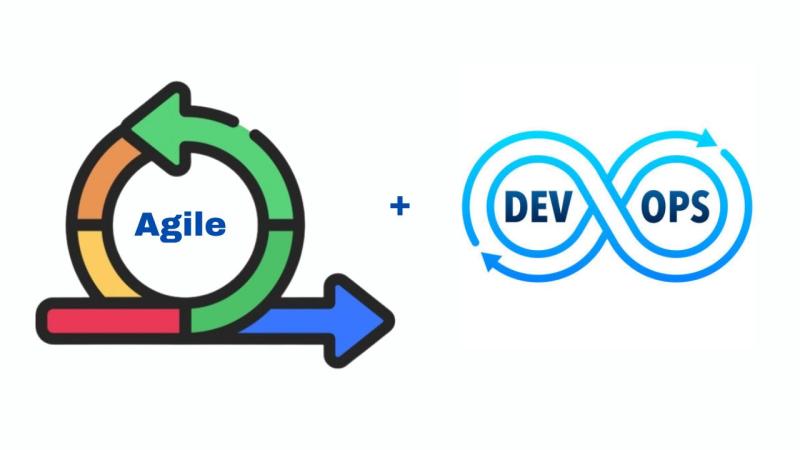Overcoming Challenges in Building AI-Powered Applications

Artificial Intelligence (AI) is transforming industries by
enabling businesses to work smarter, faster, and more efficiently. However,
building AI-powered applications is not without its challenges. Many companies
turn to machine learning development services to create these advanced systems,
but even with expert help, developers and businesses face several hurdles.
Let's explore these challenges and practical ways to overcome them.
Understanding the Challenges
1. Data Quality and Quantity
AI systems depend on high-quality data to function
effectively. However, collecting, cleaning, and labelling data is often a
time-consuming and resource-intensive process. Without accurate and sufficient
data, the AI model may produce unreliable results.
2. Choosing the Right Algorithms
There are countless machine learning algorithms available,
and selecting the one that fits your specific needs can be overwhelming. A poor
choice can lead to inefficiencies and underperforming applications.
3. Computational Power and Resources
Training AI models requires significant computing power,
which can be expensive. For small businesses or startups, acquiring the
necessary hardware or cloud resources can be a financial burden.
4. Model Interpretability
Many AI applications, especially those based on deep
learning, act as "black boxes," making it difficult to understand how
decisions are made. This lack of transparency can lead to trust issues,
especially in industries like healthcare or finance, where decisions carry high
stakes.
5. Integration with Existing Systems
Integrating an AI-powered application into existing business
systems can be complex. Ensuring seamless compatibility with current workflows
and tools often requires significant customization.
How to Overcome These Challenges?
1. Improve Data Management Practices
Start by developing a solid data collection and management
strategy. Invest in tools that automate data cleaning and labelling.
Collaborate with data scientists to identify gaps in your dataset and address
them proactively.
2. Collaborate with Experts
Work with experienced professionals or firms that specialize
in machine learning development services. They can help you identify the best
algorithms and approaches for your specific use case, saving time and
resources.
3. Leverage Cloud Computing
Cloud-based platforms like AWS, Google Cloud, or Azure can
be used to provide scalable computing resources on demand. These services allow
you to train AI models without investing in expensive on-premise hardware.
4. Focus on Explainability
Choose machine learning models that prioritize
interpretability, such as decision trees or rule-based systems, when possible.
Additionally, tools like SHAP (Shapley Additive explanations) can be used to
make complex models more transparent.
5. Plan for Seamless Integration
Involve your IT team early in the development process to
ensure the new application integrates smoothly with existing systems. Develop
APIs and middleware to bridge gaps and improve compatibility.
Real-World Example
Let's take an example of a healthcare company looking to
build an AI-powered diagnostic tool. Their initial challenge was the lack of
labelled medical images for training their model. To address this, they
partnered with a firm specializing in machine learning development services.
This collaboration helped them access pre-labelled datasets and develop a model
tailored to their needs. They also used cloud-based platforms to train the
model efficiently and incorporated interpretability tools to meet regulatory
requirements.
Conclusion
Building AI-powered applications can be challenging, but
with the right strategies and partnerships, these hurdles can be overcome. By
focusing on data quality, leveraging expertise, and adopting scalable
technologies, businesses can successfully develop applications that unlock the
full potential of AI. Partnering with professionals offering machine learning
development services can be a game-changer, guiding your project to success.










Comments